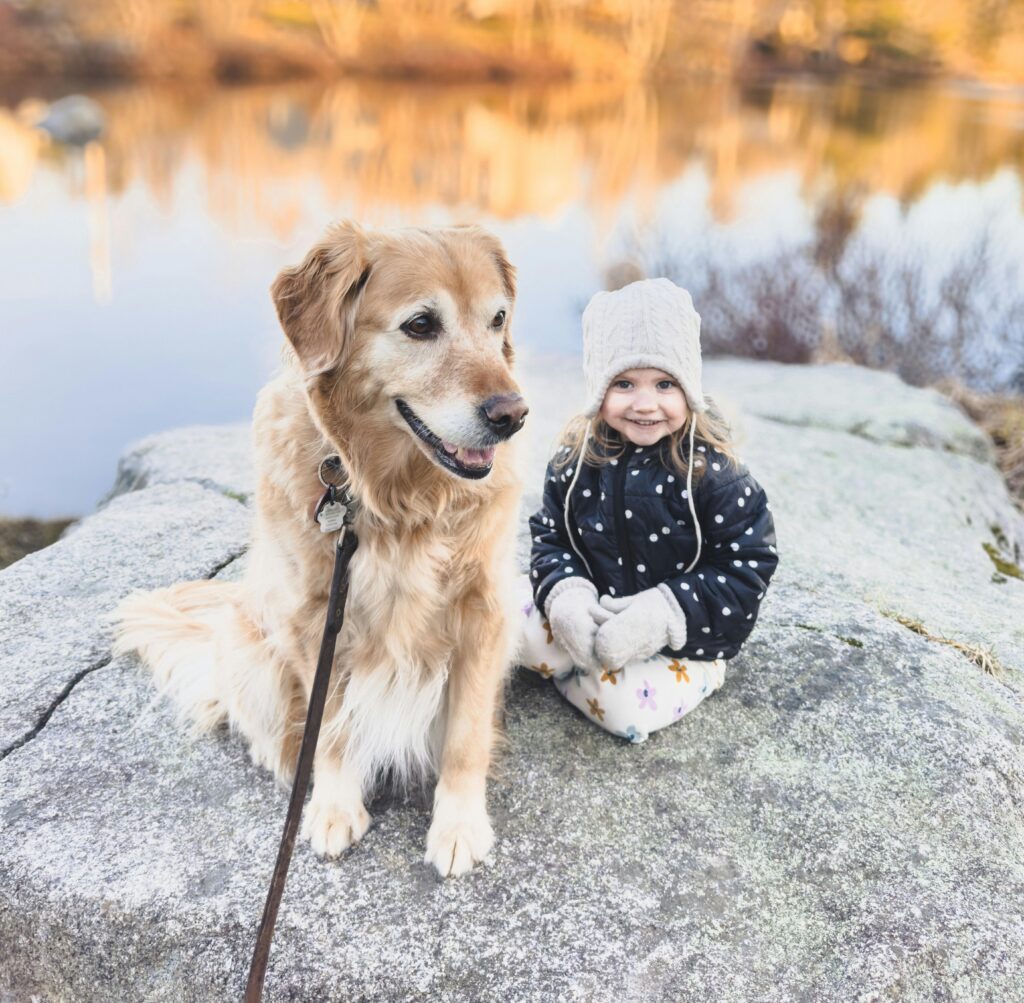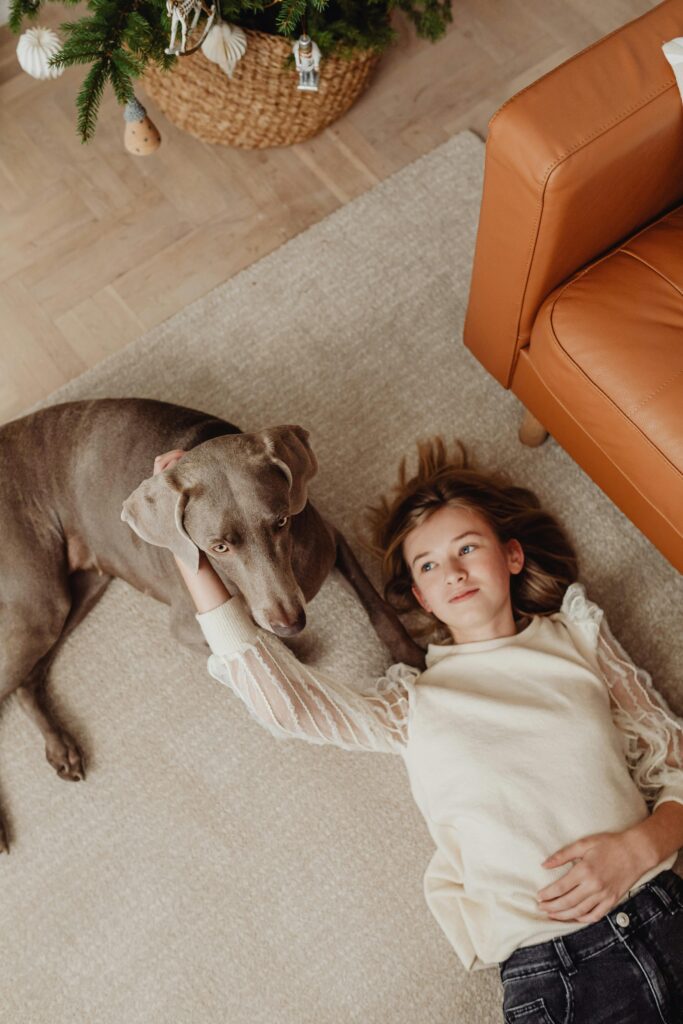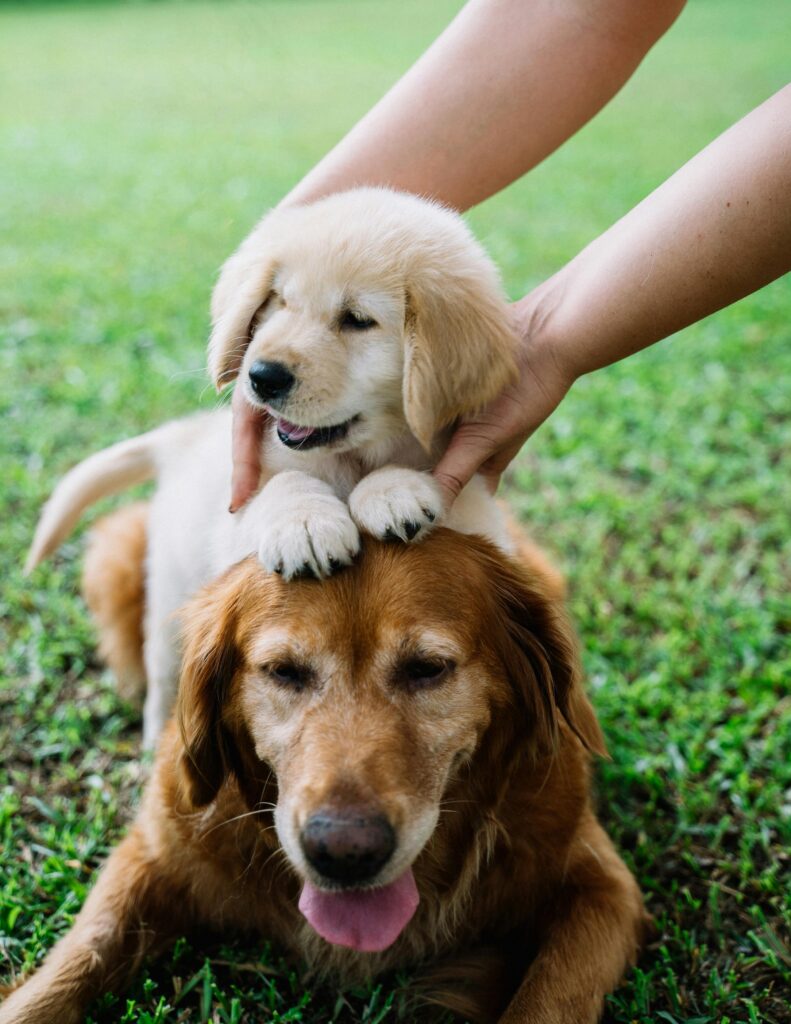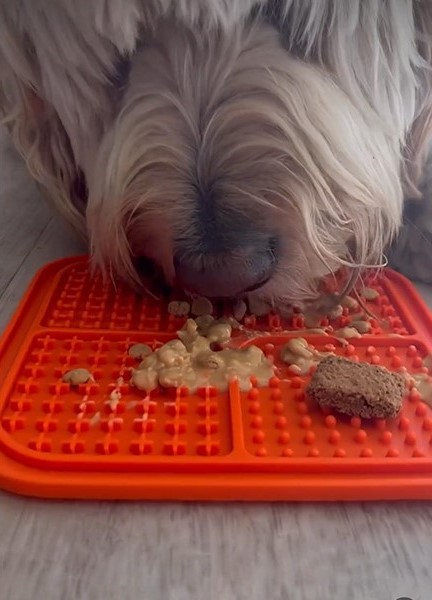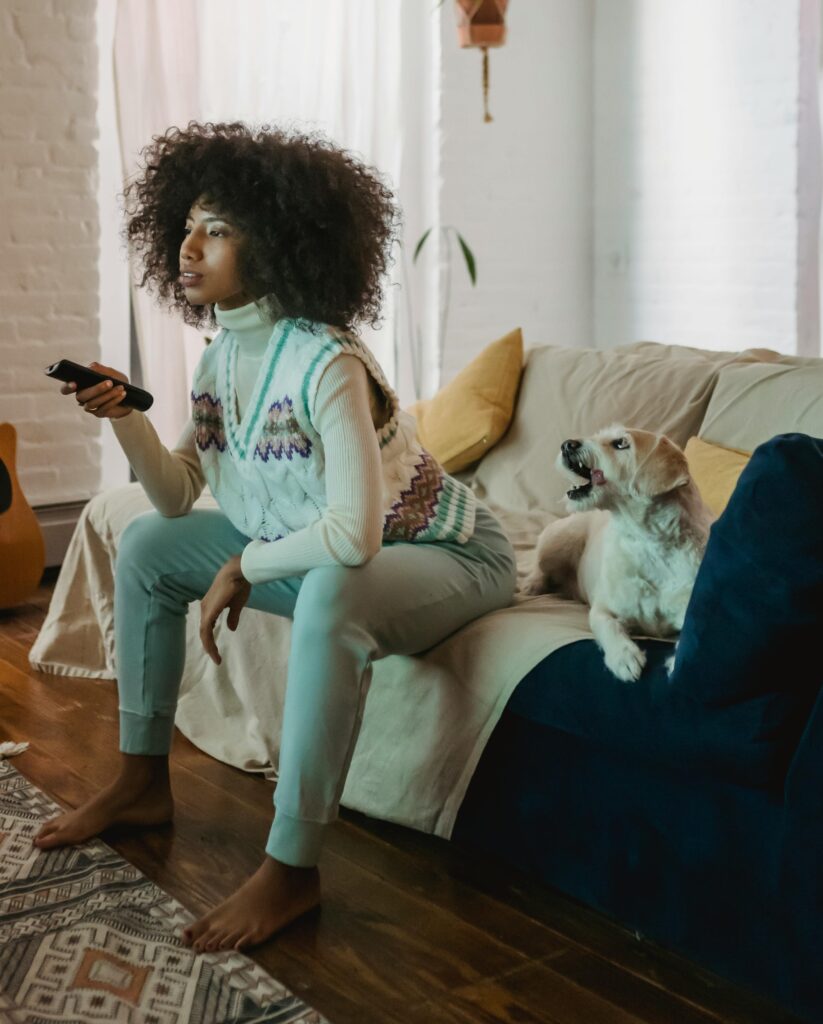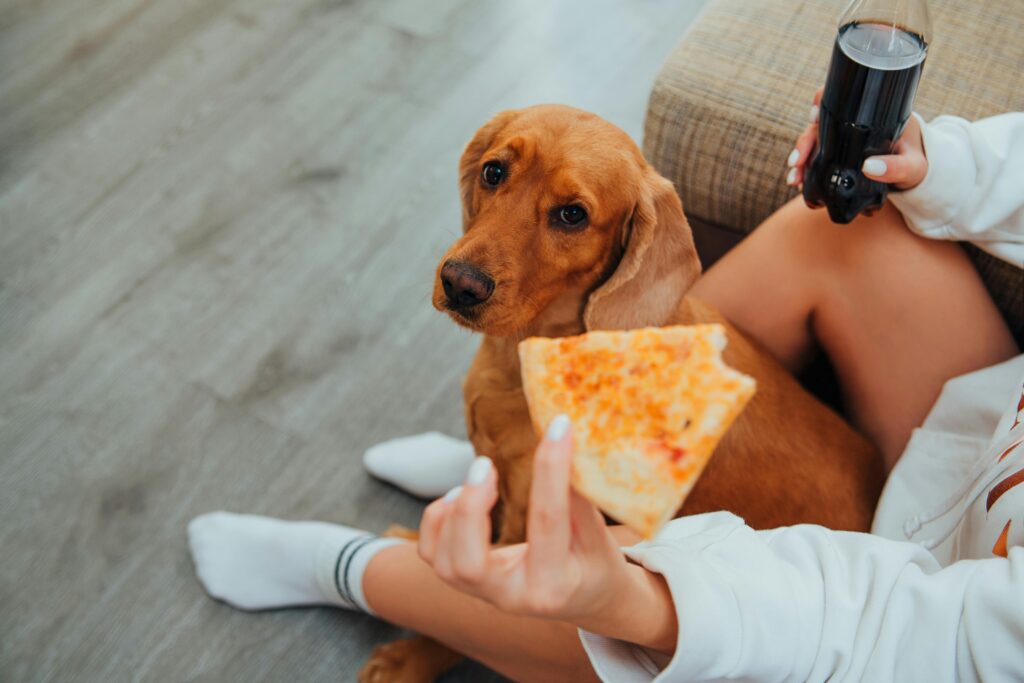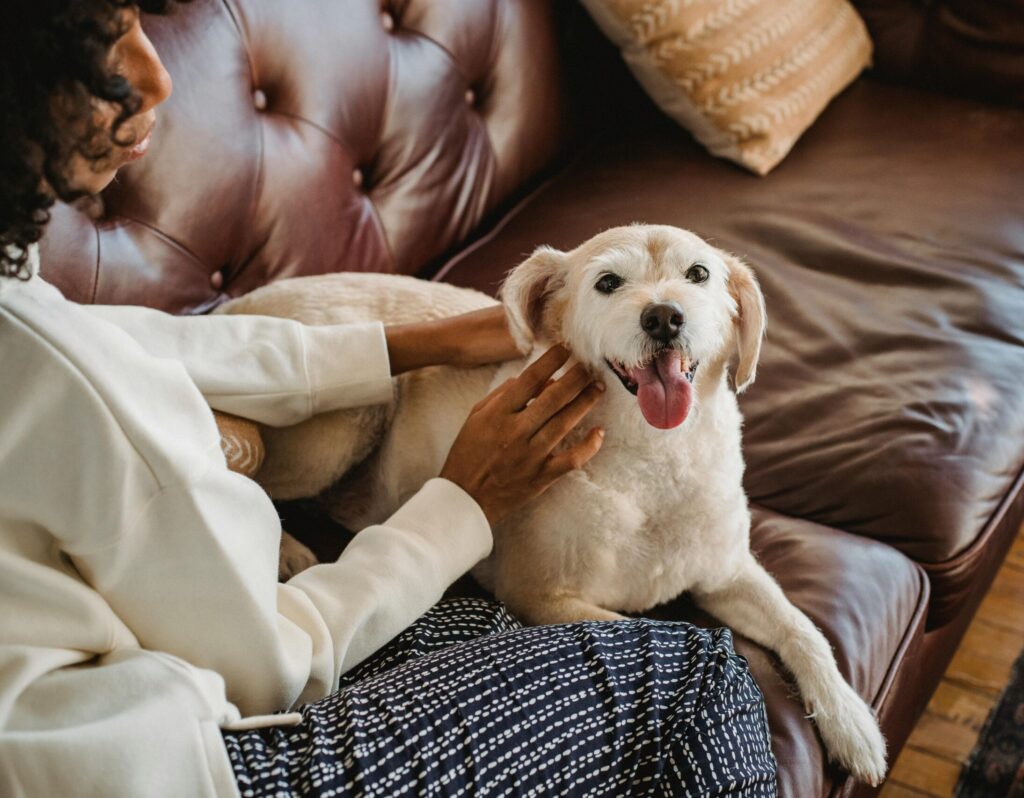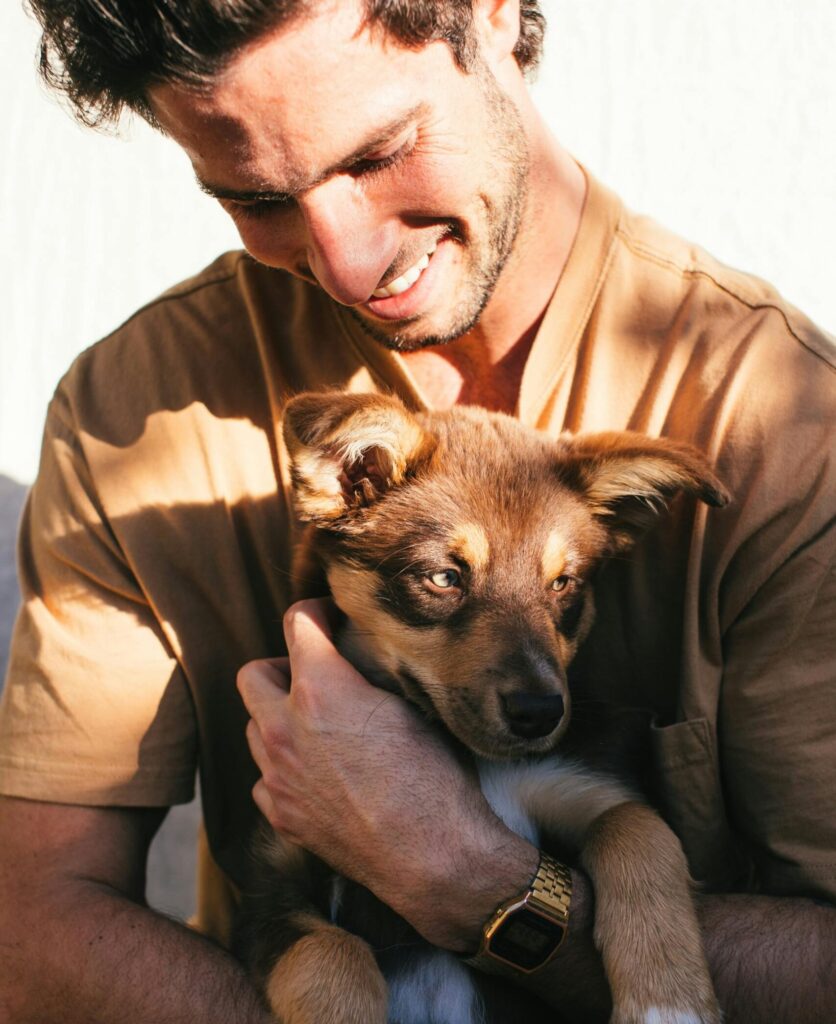10 Dog Breeds That Are “Good” For Families
Here are 10 dog breeds that are generally considered good for families: 1. Labrador Retriever: Friendly, intelligent, and easygoing, Labs are popular choices for families. They love playing fetch, going for walks, and swimming. Bred as hunting companions, they have a gentle and eager-to-please temperament. 2. Golden Retriever: Similar to Labs, Golden Retrievers are affectionate, intelligent, and playful dogs. They are known for their gentle nature and loyalty, making them great companions for children. 3. Beagle: Beagles are known for their friendly and curious personalities. They are relatively active but don’t require excessive exercise. Their playful nature and gentle temperament make them good choices for families with children. 4. Poodle (Standard, Miniature, Toy): Poodles come in three sizes: standard, miniature, and toy. All poodles are intelligent, athletic, and easily trained. Their playful and loyal demeanor makes them a good fit for families. Standard and miniature poodles require regular grooming, while toy poodles are relatively low-maintenance. 5. Irish Setter: These energetic and playful dogs are great companions for active families. They are intelligent and eager to please, making them relatively easy to train. Irish Setters have a friendly and affectionate temperament. 6. Bulldog: Known for their comical personalities and laid-back attitude, Bulldogs are relatively inactive indoors. They are gentle and patient with children, making them a good choice for families. Be aware of their potential breathing difficulties due to their short snouts (brachycephalic). 7. Basset Hound: Basset Hounds are gentle and affectionate dogs with a playful side. They are relatively inactive indoors but enjoy moderate walks. Their floppy ears and drooping jowls give them a comical appearance, and their easygoing personality makes them good companions for families. 8. Cavalier King Charles Spaniel: These gentle and affectionate dogs are known for their sweet temperament and calm demeanor. They are relatively inactive indoors but enjoy short walks. 9. Bichon Frise: These small and playful pups are perfect for cuddling on the couch. They are low-maintenance groomers and require minimal exercise. Their happy-go-lucky personality makes them a good fit for families. 10. Schnauzer (Giant or Miniature): Schnauzers come in two sizes: giant and miniature. Both varieties are intelligent, trainable, and loyal dogs. They are good watchdogs and have a playful side. Giant Schnauzers require regular grooming, while miniatures are relatively low-maintenance. Important factors to consider when choosing a dog breed for your family: Energy Level: Consider your family’s activity level and choose a breed with a matching energy level. Size: Consider how much space you have and choose a breed that fits comfortably in your home. Age of Children: Some breeds might be better suited for families with older children. Temperament: Choose a breed known for being gentle, patient, and good with children. Grooming Needs: Consider how much time and effort you can dedicate to grooming. Remember, every dog is an individual. Meeting with a breeder or visiting a shelter can help you find the perfect canine companion for your family.
10 Dog Breeds That Are “Good” For Families Read More »

